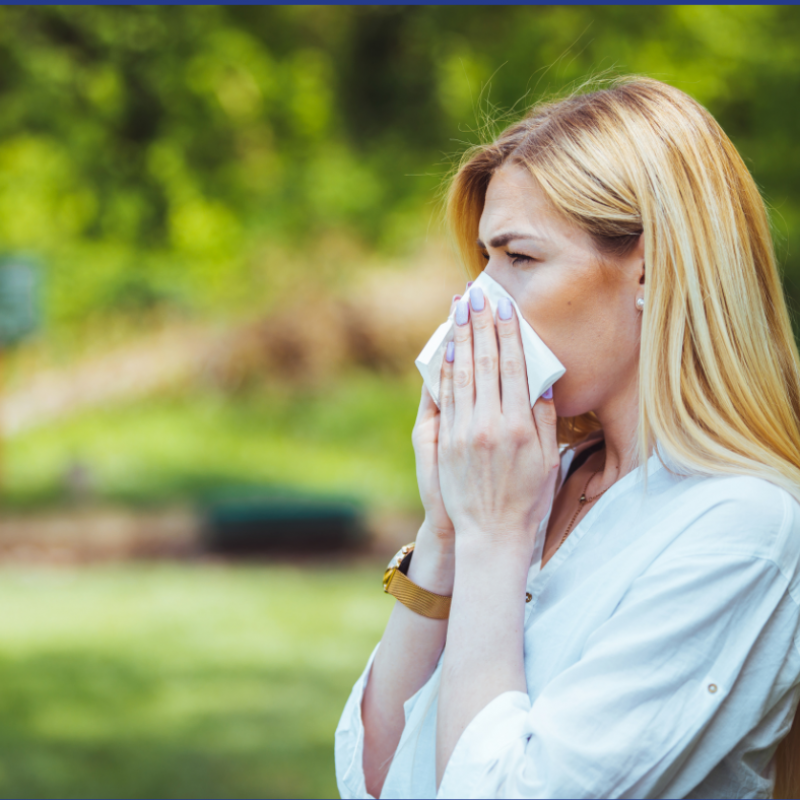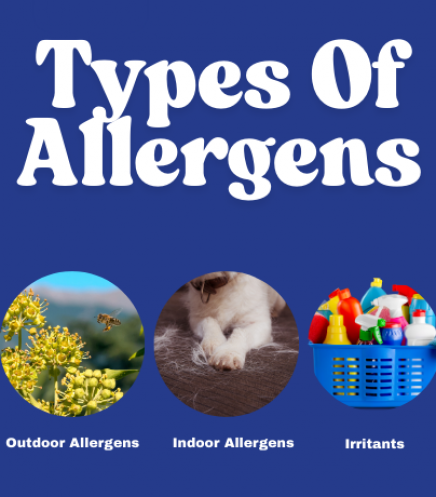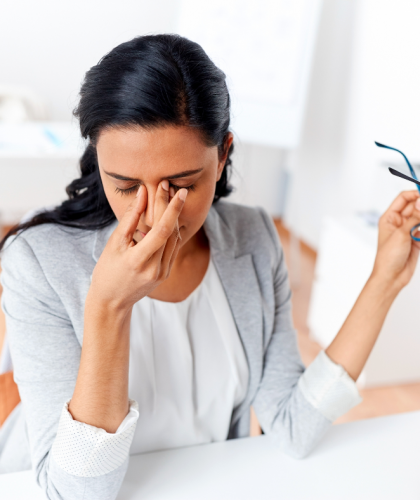Managing Eye Allergies: What Works and What Doesn’t
If you’ve ever dealt with red, itchy, watery eyes, you’re not alone. Eye allergies, or allergic conjunctivitis, are a common condition that can make daily life uncomfortable. From seasonal pollen to indoor irritants, triggers are everywhere—but so are solutions. Let’s break down what works (and what doesn’t) when it comes to managing eye allergies.
check out our recent interview, where we take a deep dive into seasonal eye allergies with Ora’s Head of Ocular Allergy, Paul Gomes!

What Causes Eye Allergies?
Eye allergies occur when your immune system overreacts to an allergen, triggering the release of histamines. This causes inflammation and other bothersome symptoms. Common triggers include:
- Outdoor Allergens: Pollen from trees, grass, and weeds (seasonal allergies).
- Indoor Allergens: Dust mites, pet dander, mold, and smoke.
- Irritants: Perfumes, cleaning products, or pollution.
Understanding your triggers is the first step in managing eye allergies effectively.

Symptoms of Eye Allergies
Eye allergy symptoms can vary in severity but often include:
- Redness and swelling
- Itchy or burning sensations.
- Watery eyes.
- Sensitivity to light.
- Blurred vision (in severe cases).
What Works: Proven Strategies for Relief
Avoiding Triggers: Minimizing exposure to allergens by staying indoors during high pollen times, using air purifiers or HEPA filters at home, and keeping windows closed during allergy season.
Artificial Tears: Over-the-counter lubricating eye drops can help flush out allergens and soothe irritation.
Antihistamine Eye Drops: These drops reduce histamine responses, alleviating itchiness and redness.
Cold Compresses: Applying a cold compress to your eyes can reduce swelling and provide instant relief.
Prescription Medications: For severe cases, your doctor might recommend stronger antihistamine or anti-inflammatory drops.
Wearing Sunglasses Outdoors: Sunglasses act as a barrier, protecting your eyes from allergens and irritants.
What Doesn’t Work: Avoid These Myths
Rubbing Your Eyes: It might feel good initially, but rubbing your eyes can worsen inflammation and spread allergens.
Using Redness-Reducing Drops Excessively: Drops designed to reduce redness can sometimes cause a rebound effect, making symptoms worse over time.
Ignoring Symptoms: Persistent allergy symptoms can lead to complications, including chronic inflammation. Seek medical advice if over-the-counter solutions aren’t effective.
Self-Diagnosing: Allergies often mimic other eye conditions. Consulting an eye care professional ensures proper treatment.

The Role of Research in Eye Allergy Management
Ongoing research is exploring new treatments for eye allergies, including therapies that target inflammation at the cellular level. Clinical trials are helping to advance these breakthroughs, offering hope for better symptom management and long-term relief. For a firsthand perspective, don’t miss our interview with Paul Gomes, where he shares how research has impacted his own experience with seasonal eye allergies.
Protect Your Vision and Find Relief
Eye allergies don’t have to disrupt your life. By understanding what works (and avoiding what doesn’t), you can take control of your symptoms and keep your eyes comfortable year-round.
Learn more about eye health, explore helpful resources, and discover how you can participate in clinical research. Let’s make this summer safe for your eyes!
Want to Stay Informed About the Latest Blog Posts?
Sign up for updates and never miss a post! We’re excited to share more insights on eye health. Our next blog post will be released on the first Monday of every month.